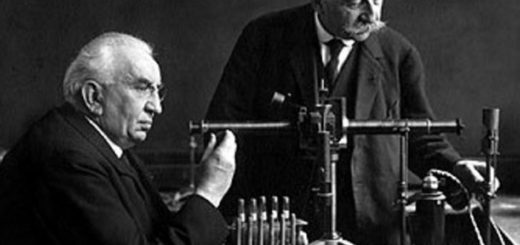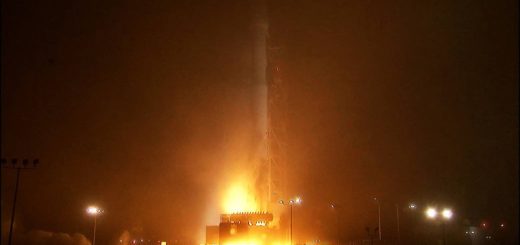Are the Aliens Really Having the Scary “Alien Chestburster?”

The Alien is simply an imaginary endoparasitoid extraterrestrial arthropodal species, which is the main antagonist of the Alien films. In more often than not, the Alien is referred to as Xenomorph. To answer the question as to whether Aliens have the scary Chestburster, you need to understand the life cycle of the Aliens.
The Life Cycle Of Aliens
The life cycle of Aliens comprises many distinct stages. First, Aliens begin their life just as an egg. The egg then hatches a parasitoid larval form that is called facehugger. The facehugger will attach itself to a living host. Just as its name suggests, the facehugger attaches itself through latching onto the face of the living host. At this stage, the audience become scared because the attachment of the huger to the living host is scary partly because it’s horrible and partly because almost any living thing can be its host including human beings whether male or female. In this case, the parasitoid host might be as small as a cat and at the same time, it can be as big as an elephant.
The facehugger “impregnates” its host with an embryo, which is known as chestburster, which upon maturity erupts violently ripping off the chest of the host and thereby killing it almost immediately. Are you still asking whether it’s scary? Well, if you’ve never watched the Alien film series, then you should and I bet you’ll get really scared by the chestburster scene.
After the birth of the chestburster, it matures to an adult phase; it sheds its skin and then replaces its cells with polarized silicon.
The Alien Chestburster
When you watch the Alien film, you’ll note that after successful implantation, the facehugger dies. After which, the embryo of the host wakes up after sometimes and there are no significant signs of negative symptoms. This actually brings a relief to the audience though there is still uncertainty about the “baby”. However, after implantation, the host experiences a mild amnesia but after sometimes, the symptoms start to build rapidly. The most common symptoms seen in Alien film series include sore throat as well as slight nausea and increasing hunger.
Once the alien chestburster is planted in the host’s embryo, death becomes the only obvious thing that will follow. This is because the chestburster drains nutrients from the body of its host. In that way, it develops a placenta that allows it to attach itself to many organs during the process of its growth. The placenta possesses cancerous qualities that make it impossible for the organs to survive even if the embryo is removed surgically. In fact, the placenta will shut down all the major organs that it is attached to causing the death of the host. Actually, this fact is one of the scariest to the audience.
At the time of its birth, the chestburster is about 30 cm in length but it undergoes rapid growth and reaches an adult size after very few hours. In Alien, the adult chestburster was about 2 meters in height when the Nostromo crew found it again.



 Creators of mankind
Creators of mankind Description of “Tall white aliens”
Description of “Tall white aliens” Where they came from?
Where they came from? About hostile civilizations
About hostile civilizations The war for the Earth
The war for the Earth “Tall white aliens” about eternal life
“Tall white aliens” about eternal life Video: “Nordic aliens”
Video: “Nordic aliens” Aliens
Aliens Alien encounters
Alien encounters The aliens base
The aliens base UFO
UFO Technology UFO
Technology UFO Underground civilization
Underground civilization Ancient alien artifacts
Ancient alien artifacts Military and UFO
Military and UFO Mysteries and hypotheses
Mysteries and hypotheses Scientific facts
Scientific facts


















